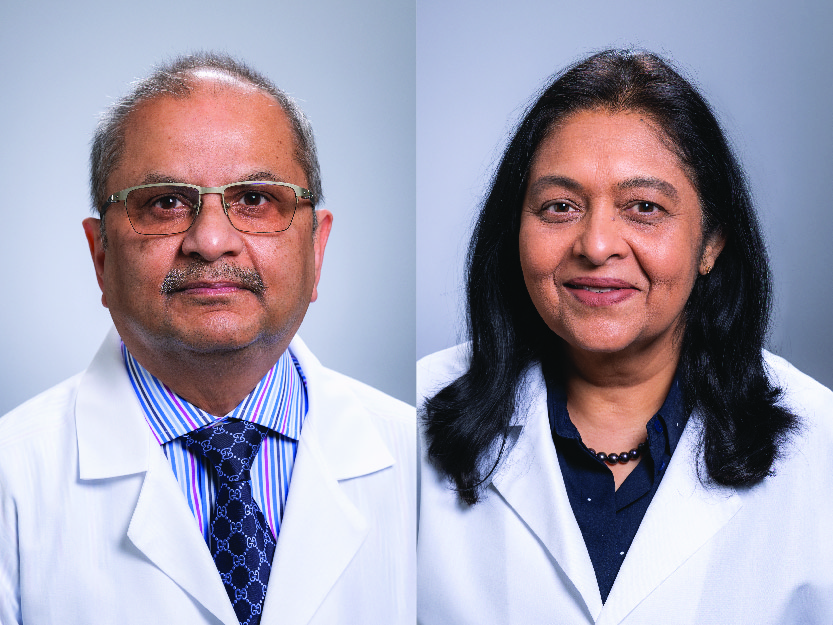 Many with Type 1 diabetes (T1D) know that exercising can be a bit tricky for the management of glucose. For instance, some types of physical activity might cause blood glucose to drop while engaging in other types of physical activity might not, and it can be difficult to anticipate blood glucose trends during exercise.
Many with Type 1 diabetes (T1D) know that exercising can be a bit tricky for the management of glucose. For instance, some types of physical activity might cause blood glucose to drop while engaging in other types of physical activity might not, and it can be difficult to anticipate blood glucose trends during exercise.
Though continuous glucose monitors (CGM) combined with insulin pump management (Automated Insulin Delivery – AID systems) can be helpful to manage exercise to an extent, they have not yet solved the problems of both hypoglycemia and hyperglycemia during and after exercise in individuals with T1D. However, CGM data can help aid in the decision to adjust insulin dose before, during, or after exercise.
UAB Comprehensive Diabetes Center (UCDC) Senior Scientists Ananda Basu, M.D., and Rita Basu, M.D., aimed to learn more about the effect of hyperglycemia, or high blood glucose, during exercise for those with T1D.
The Basus recently published their research “Hyperglycemia Suppresses Lactate Clearance During Exercise in Type 1 Diabetes,” in the Journal of Clinical Endocrinology and Metabolism.
Ananda also holds the S. Richardson Hill, Jr. Endowed Professorship in Endocrinology, while Rita holds the Endowed Professorship in Diabetes Science in the UAB Department of Medicine.
The objective of their research was to “determine the role of hyperglycemia on lactate metabolism during exercise in individuals with T1D.” Understanding the regulatory role, if any, of hyperglycemia on lactate metabolism is important since this has not been examined before in either animal or human studies.
Additionally, since lactate accumulation during exercise can limit exercise performance and promote fatigue, it is important to determine the interplay between glucose and lactate since the majority of T1D patients choose to exercise during modest hyperglycemia to mitigate fear of exercise induced hypoglycemia.
Researchers enrolled 14 participants, seven with T1D and seven without diabetes, analyzing lactate turnover before, during, and after 60 minutes of exercise at 65% VO2max.
Researchers ultimately found that “hyperglycemia modulates lactate metabolism during exercise by lowering lactate clearance, leading to higher circulating lactate concentrations in T1D individuals.”
Lactate, or lactic acid, is a by-product of normal metabolism as well as exercise. Researchers’ findings imply that exercise during hyperglycemia can lead to higher circulating lactate concentrations, thus increasing the likelihood of reaching the lactate threshold sooner in T1D.
Lactate threshold is the point during exercise at which lactate begins to accumulate very rapidly, and it is often used to measure fitness.
“Our novel observation has high translational relevance both for providers and recreationally active people with T1D,” said Drs. R. and A. Basu. “More research around exercise at different glucose levels for those with Type 1 diabetes is needed, and our lab looks forward to continuing to pioneer this field of research to try and understand the interactions and mechanistic relationships between glucose and lactate metabolism during exercise.”